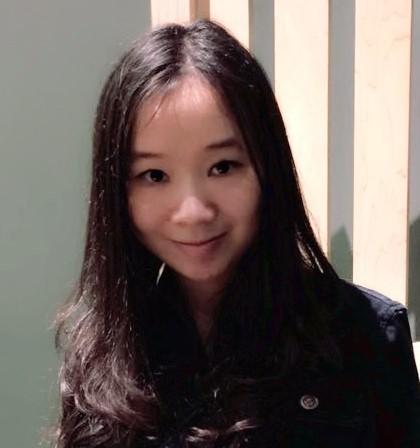Blog
ComSciCon: The Must-Attend Event for Science Communication Enthusiasts
Making things simple is complicated. Communicating science in an engaging and clear way is challenging. That’s what I realized after attending the second annual ComSciCon-Triangle event, a student-run workshop focusing on communicating science concepts to the general public. Graduate students in the STEM fields from Duke, NCSU, and UNC came together to meet professional science communicators and develop their science communication skills through a variety of activities.
This included panel discussions, pop talks (a 1-minute talk in front of audience about your field of study), and write-a-thon writing activities with editing and feedback from peers and professional science writers.
The panel discussions covered topics such as expert advice on blogging and building an online brand. Professional science writers shared tips on pitching posts to existing blogs and opportunities to participate in outreach events such as being an ambassador for DNA Day. What I found most helpful from the panel discussions is the golden formula that summarized the secrets of science communication. As presented by Karl Bates (Director of Research Communications at Duke):

When you have audiences from a diverse background, be general and avoid using jargon. Communicating science means telling an enticing story. The story is where the fun is. It can be a story about your motivation or the path you have taken. The point is to show why readers should care about what you say.

For Renpeng Gu, a Ph.D. student in Material Science at Duke, the best parts of the event were the 1-minute pop talks and the write-a-thon. “During my talk, the audience raised the jargon/clear cards to show whether I was being clear. That was really good real-time feedback,” he commented. In the write-a-thon session, he met Robin Anders, who is an editor for BuzzHootRoar, a website using artwork to illustrate science. Gu explained how this encounter led to another opportunity. “I enjoy painting and I’m always looking for opportunities to apply my skills,” he said, “After showing Robin my drawings, she invited me to become an illustrator for BuzzHootRoar. That was an unexpected reward.”
Rosa Li, a Ph.D. student in Psychology and Neuroscience at Duke and a member of the organizing committee for the 2016 ComSciCon-Triangle, told me she enjoyed seeing how excited people were about communicating science. Rosa had previously participated in the national ComSciCon event and subsequently published her national ComSciCon workshop piece on Scientific American’s guest blog.
She pointed out that the goal of ComSciCon is not to distract graduate students from their research. It is to help them understand the importance of communicating science to the public, regardless of what type of career they choose, and to provide them with skills to engage in effective science communication throughout their careers.
Photo credits: Kayleigh O'Keeffe.
Author

Xin Yu
Ph.D. student, pathology
Xin Yu is a Ph.D. student in pathology. She works at the Preston Robert Tisch Brain Tumor Center on projects involving engineering novel antibodies and developing immunotoxin-based combination therapy for brain tumor patients.